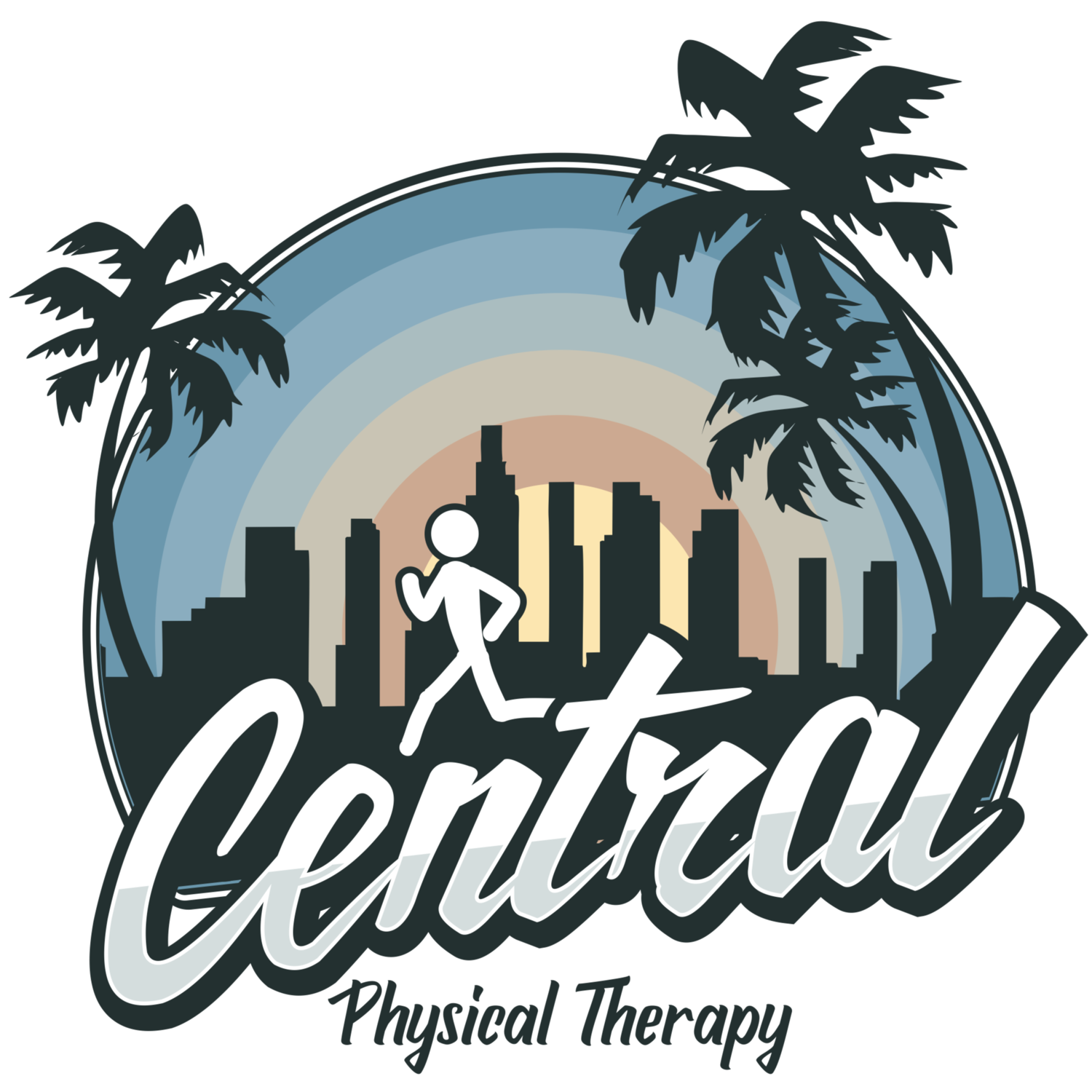Why does pain keep coming back?
Lumbar radiculopathy
There is also something called referred pain. Muscles in other areas may have trigger points that refer pain to the area where you’re feeling it. For example, trigger points in the rotator cuff (i.e. infraspinatus) will oftentimes refer pain to the front of the shoulder or down the arm which is where the person may feel it most. They may not feel anything in the shoulder blade area but that’s where the trigger points in the muscle could be causing pain. Referred pain could also come from visceral organs as well, which is more difficult to discern.
Myofascial trigger point referral pattern
Other times, compensation may be occuring from a different region of the body. For example, if someone had a bad ankle sprain in the past and it wasn’t rehabilitated properly or never recovered to 100%, a lot of times there will be lack of full ROM, particularly into ankle dorsiflexion. This causes compensations up the chain — less hip extension occurs with ambulation, less gluteal activation, more motion (extension) at the lumbar spine. So someone may eventually come into physical therapy for low back pain and get treatment, but without addressing the ankle problem, the back pain could keep coming back due to compensations.
Example of compensations up the chain
Altered motor control could be another reason. Motor control is the proper activation and coordination of your muscles and joints through the central nervous system (brain). If something is repeated over and over again (100x, 1000x) the brain starts to consider this “normal”, no matter how abnormal it may actually be. So with the ankle sprain example above, the corresponding compensations could alter proper motor control and coordination throughout the body. Certain muscles may not contract/activate or relax when it needs to, or other muscles will activate more to compensate for lack of activation somewhere else (i.e. parapinal muscles increased activation instead of gluteal muscles). This becomes the new “normal”.
No matter how much soft tissue or joint work that the person (or a medical practitioner) does to a certain area, it may not address the motor control issue, so the body eventually returns to these “normalized” positions and patterns causing pain to recur in the same areas. Motor control has to be worked on and trained to re-establish a “new normal”. Ideally the new normal is the “neutral” joint positions and postures which re-establishes the balance of the muscles surrounding the joint. As the body (and brain) develops an awareness of what these “neutral” and ideal positions and postures are and what it feels like and repeats this 100x, 1000x, a new “normal” is established and the brain will start to activate and coordinate these patterns automatically.
So whether it’s radiculopathy, referred pain, compensations, or a motor control issue, it’s important to be able to discern what the problem is in order to be able to treat correctly. This is where it could be beneficial to see a professional who is trained in these aspects.
Links:
-Dynamic neuromuscular stabilization
Questions or comments? Contact us.




